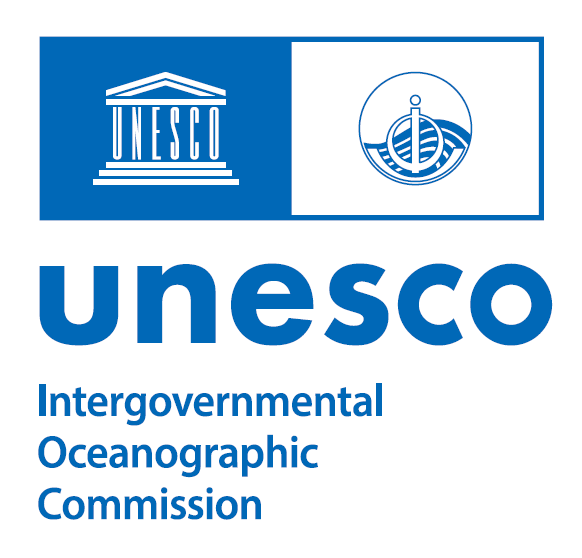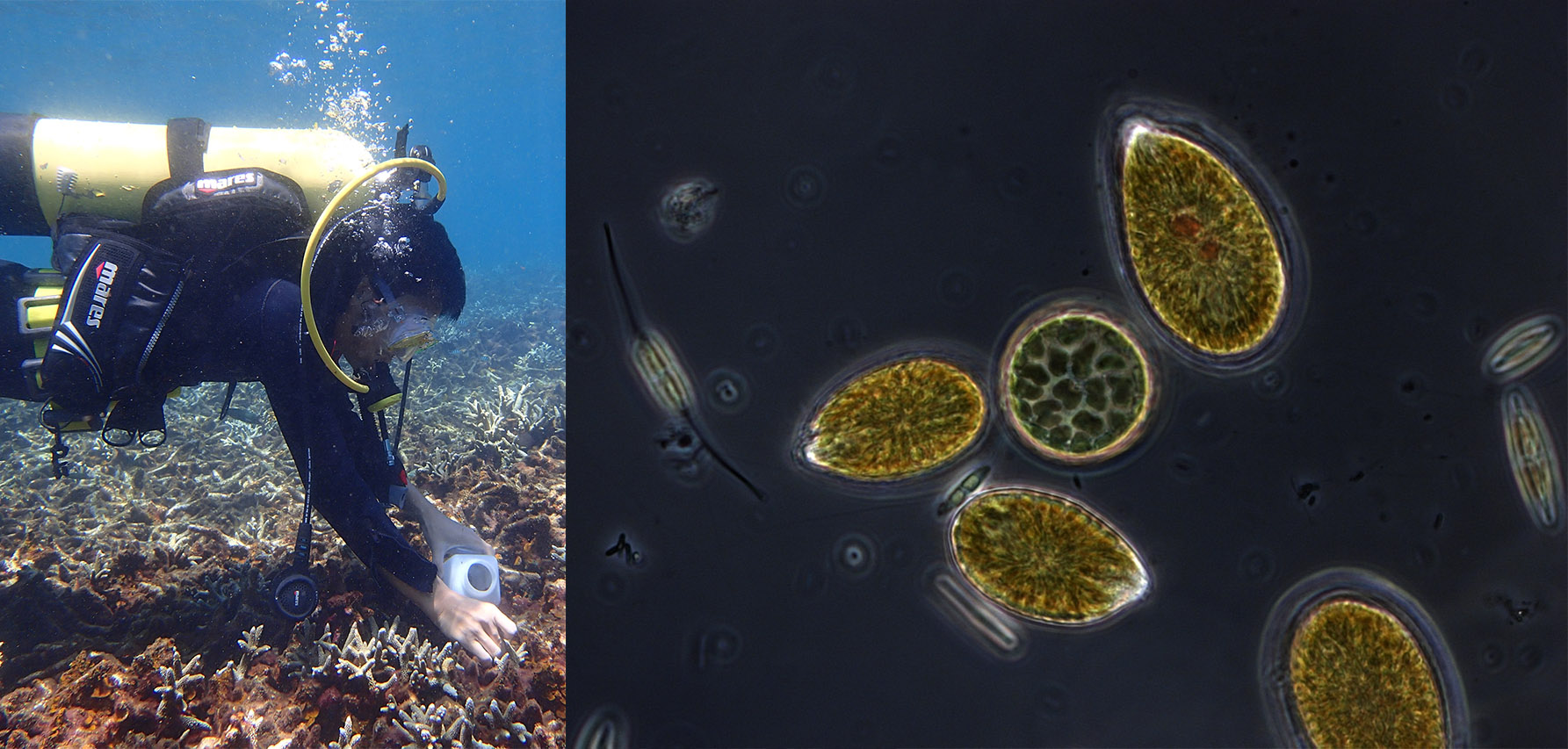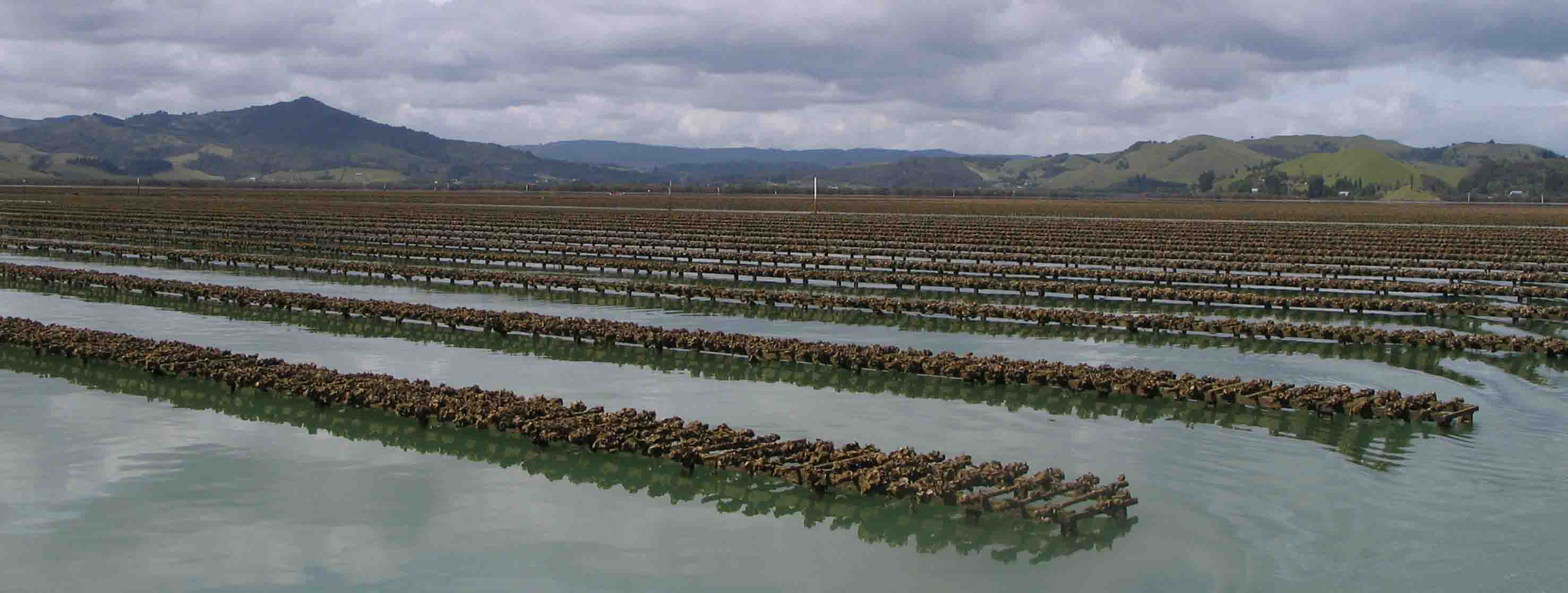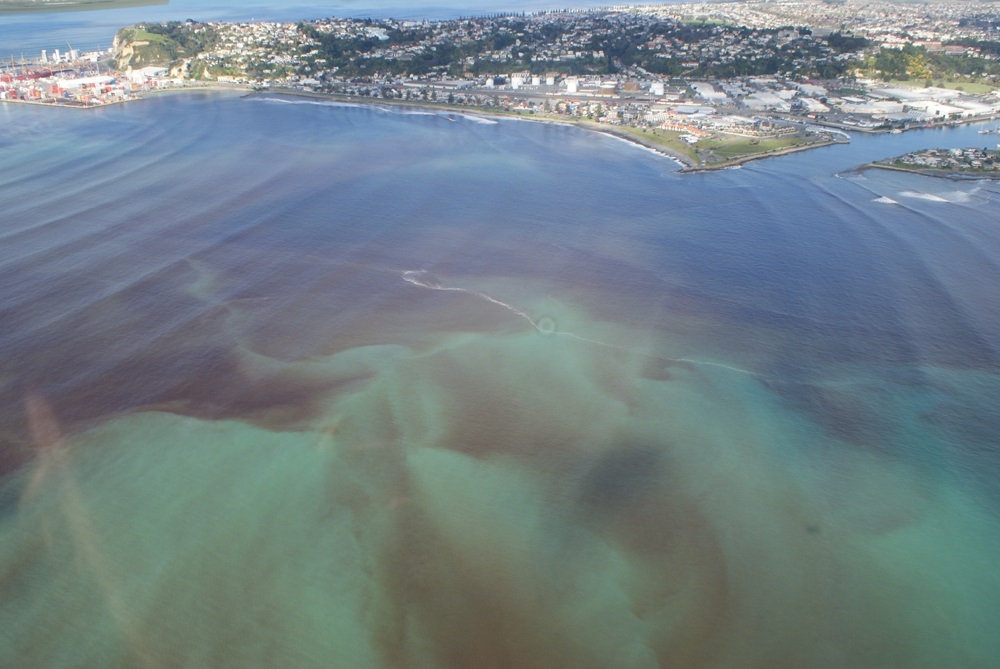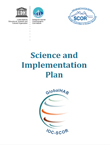
The GEOHAB Core Research Project on Harmful Algal Blooms (HABs) in Upwelling Systems
Upwelling systems can be classified according to their physical, chemical and biological characteristics. Development of a Core Research Programme on HABs in Upwelling Systems is built on the premise that understanding the ecology and oceanography of HABs in upwelling systems will benefit from a comparative approach. The comparative method is the method of choice when controlled experimentation is not practical. To the extent that experimental control in the study of marine ecosystems is problematic, comparison presents an alternative for drawing scientific inference. Comparisons will allow the grouping of harmful species from similar habitat types. The extent to which HAB species respond in a similar way, in systems which share similar characteristics, will assist in establishing the oceanographic processes that influence HAB population dynamics and community interactions. Equally important will be identification of similar systems that do not have the same functional HAB species or groupings. Understanding the response of harmful algae to perturbations within upwelling systems will assist in prediction, and identification of divergences from predicted responses will also be informative. Sharing of expertise and resources, the formulation of common research objectives and methods, and the implementation of similar research activities and field investigations in each of the designated upwelling systems will permit comparison.

